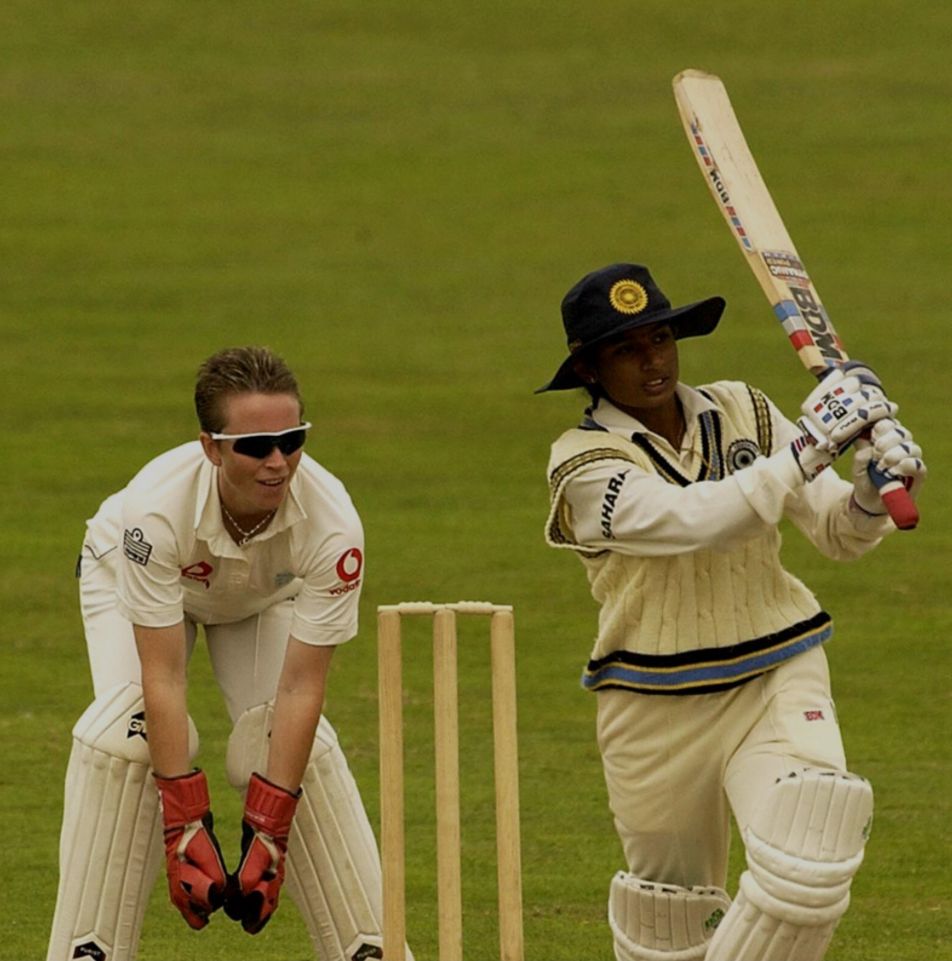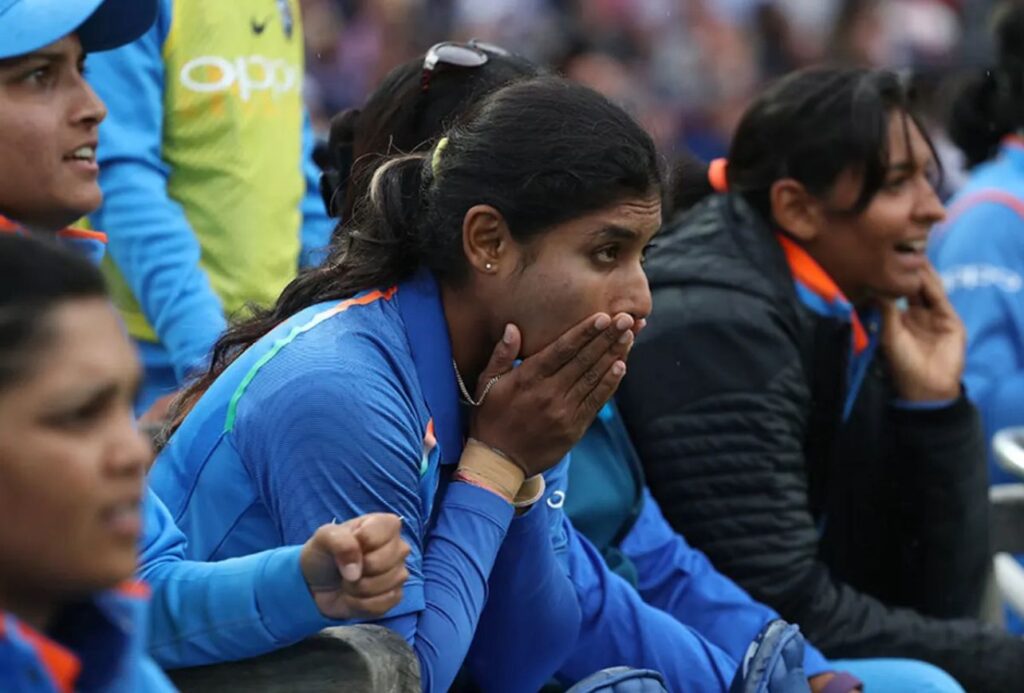
By Trisha Ghosal in Nottingham
England has always held a strange magic for me — not because of the history or the architecture, but because this is where I first heard a woman cricketer had done something incredible. I was 12 years old. It was 16th August 2002, a regular Friday, the day after India’s 55th Independence Day. I’d just finished my homework when I heard a brief radio announcement: “Mithali Raj scores a record-breaking double century.” Just one line. No headlines. No visuals. But it stuck.
The next morning, I read about it in an Anand Vasu article. Back then, there was no TV coverage of women’s cricket. My main sources were Cricinfo and phone calls with my aunt, a former cricketer and then an administrator. That 214* at Taunton didn’t just set a world record. It sparked something inside me. At the time, I was dreaming of becoming a fast bowler — one who’d make headlines herself by swinging the ball under English skies. But as a young girl dreaming of playing, I knew I wasn’t just chasing wickets. I was chasing recognition for a sport that few noticed.
Cut to 2025, I’m back in England. Not as a cricketer, but as a journalist. The fast-bowling dream faded after a nasty ankle injury. But the other dream, to push women’s cricket forward, to tell its stories with pride, that stayed. And today, I get to live it.
This tour means everything. England is where India’s greatest women have left indelible marks from Mithali’s iconic 214* to India’s World Cup final at Lord’s to Jhulan Goswami’s emotional farewell. This country has unknowingly witnessed so many milestones for Indian women’s cricket. Now I finally get to add mine, not as a player, but as someone who brings the game closer to fans.

Yes, we have the WPL now. Yes, some names are finally breaking through. But coverage remains thin. Questions are still unfairly asked every time India’s women lose: “Why are they paid so much?” No one asks men that. And so, the job remains unfinished. Women’s cricket still needs advocates. Voices. Watchful, respectful eyes.
For me, covering this tour is about fulfilling a promise I made to that 12-year-old, that even if I couldn’t play, I’d help the world see the women who do. It’s about standing in Nottingham and remembering that one line from the radio… and realising I’ve come full circle.
To Mithali: you lit the spark.
To the Indian women’s team: you keep it burning.
And to every reader: the story of women’s cricket is still being written. I’m just here to make sure you read it.
For the latest sports news follow- Revsportz